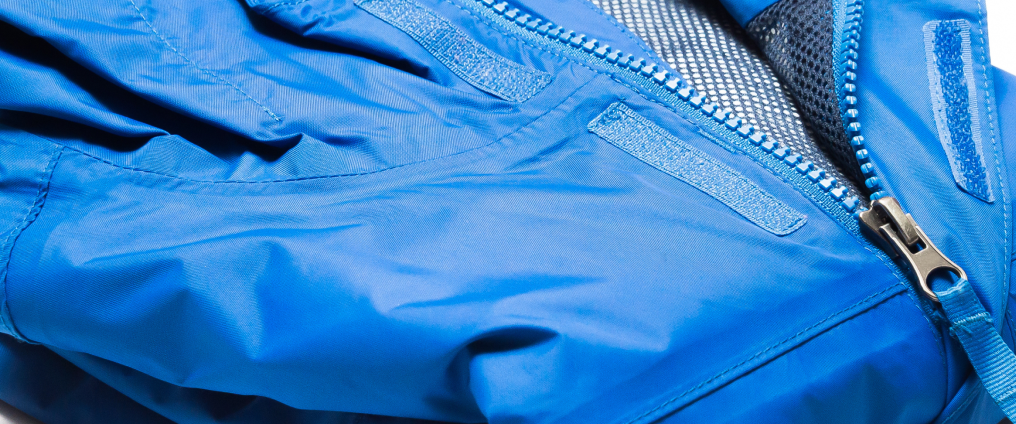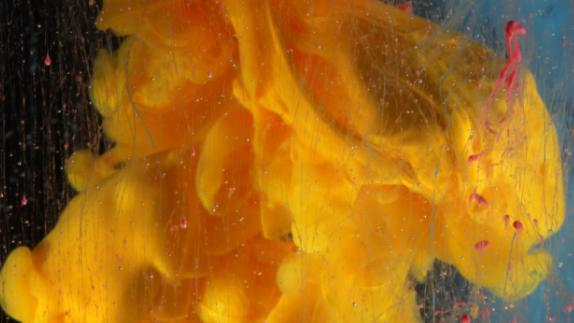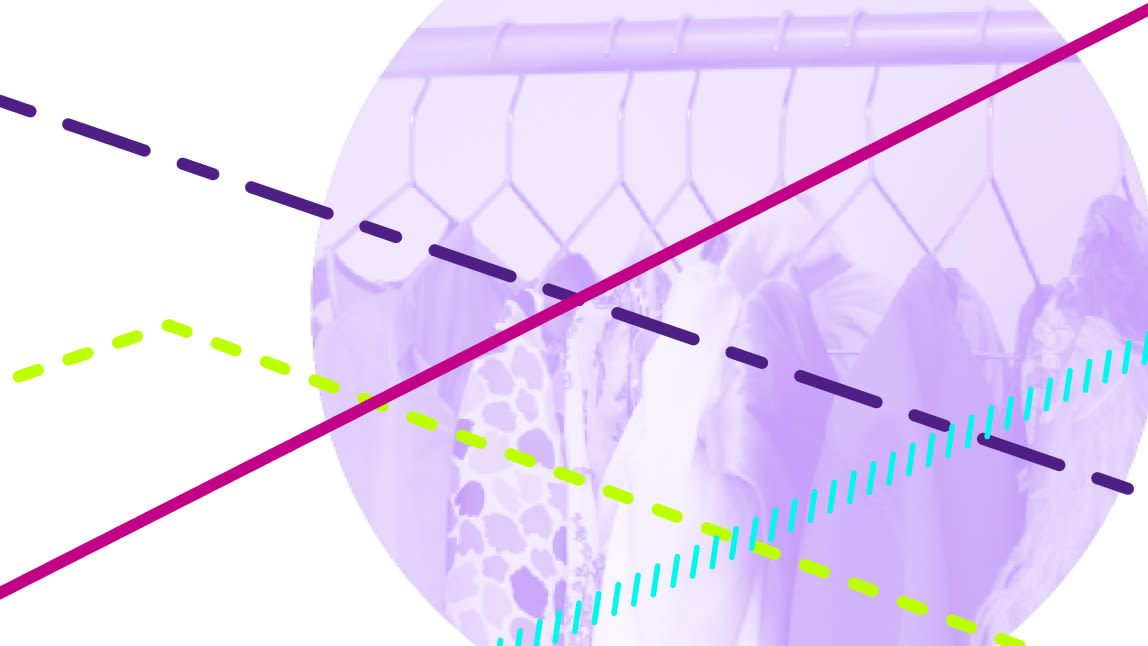
Most high-performance jackets with waterproofing and insulation are made from an array of materials that are hard to separate and recycle. To overcome this problem, Italian clothing brand Napapijri has simplified its design so that the entire jacket - fabric, filling and trimmings - is manufactured from one polymer. The material is durable and high performing, but is also easily recycled.
Customers are encouraged to recycle their old jackets with the promise of a 20% discount off future purchases when they return their used garments.
Why it’s an example of the circular economy
In our current economy, less than 1% of clothes collected for recycling are turned back into new textiles or garments. Most are downcycled into lower value uses like insulation, before being incinerated or landfilled.
The reasons for this miniscule proportion varies across different apparel segments. For jackets and other outerwear, a major contributing factor is the complexity of the product. A typical jacket contains 25 components such as the outer shell, zip, buttons, filler and so on. Many of these components are also made up of different material types. The challenge of separating these components and materials is a major hurdle for recycling.
For their Circular Series of jackets, Napapijri has greatly simplified the design so that the entire jacket - fabric, filling and trimmings - is manufactured from one polymer. The polymer is Nylon 6, which is both durable and high performing, but is also easily recycled. The development process for the jacket assemblage was particularly long and challenging as a number of components had to be designed from scratch, for example the insulation material and zips.
From an environmental perspective, the choice of Nylon 6 means that the jacket is a ‘material bank’ for the future, contributing to both reduced waste as well as reduced reliance on virgin feedstocks. The jacket has also been assessed using the prestigious Cradle2Cradle product scorecard which includes criteria such as material health, water stewardship, renewable energyrenewable energyEnergy derived from resources that are not depleted on timescales relevant to the economy, i.e. not geological timescales. use and social fairness, earning an overall Gold Certification level.
Promoting recycling through product registration
To ensure that the garments are returned for recycling at the end of their life, customers who buy a Circular Series jacket are encouraged to register their product online. After a minimum period of 2 years, the owner can then return the jacket, and get 20% off another product.
The old jackets will then be chemically-recycled using a depolymerization process, by a partner company called Aquafil, who will transform them into a recycled nylon called Econyl ®.
Building brand loyalty
In recent years more and more customers are becoming aware of ‘fashion’s dirty secrets’ and make purchasing decisions that reflect their ethical values and environmental concerns.
“Changing customer demands may be the most powerful influence in shifting fashion brands and retailers, and those that do not respond quickly enough risk being left behind” - The State of Fashion. McKinsey 2019
Nature-loving millennials, many of whom favour experiences over material accumulation, will be swayed by the environmental credentials of their purchases. They want to experience the outdoors without contributing to its demise. Designs based on holistic, circular economycircular economyA systems solution framework that tackles global challenges like climate change, biodiversity loss, waste, and pollution. It is based on three principles, driven by design: eliminate waste and pollution, circulate products and materials (at their highest value), and regenerate nature. principles, are therefore appealing to this demographic. The digital take back scheme, further enhances brand loyalty, as Napapirji and the customer enter a long-term relationship, through an incentivised future connection point.
Prices expected to fall
Napapirji’s circular jackets are expensive, reflecting the time and resources that have gone into the development process and the relatively small production volume. Over time as demand increases and production efficiencies improve, the price is expected to fall. Meanwhile those who are lucky enough to own a jacket, can be confident that they can look great, keep warm and know that they are contributing to making fashion a little more circular.
Napapijri Circular Rainforest / Circular Rainforest Napapijri Circular Puffer / Circular Puffer Napapijri Circular Anorak / Circular Anorak






